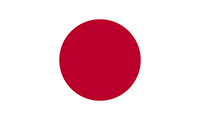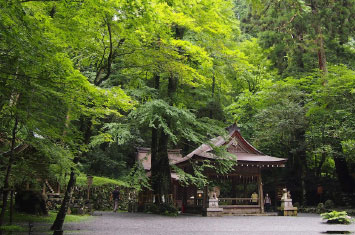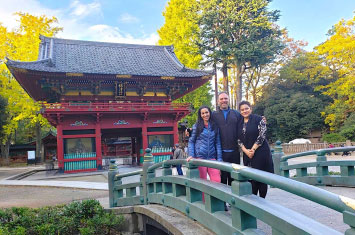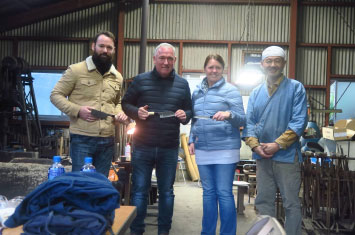Cycling

Home / Destinations / Japan
Cycling
Hiking
Round Trip
Train Journeys
Historical
Education
Local






Rating:
Offices In:
Comfort Level:
Languages:
The iconic shape of Mount Fuji can easily be recognized from a distance and is very noticeable. On a clear day you can see the mountain from Tokyo. Mount Fuji is a "silent" volcano and last erupted in 1707. It is the highest mountain in Japan at 3,776 meters. A trip to the top of the volcano is an adventure you will not soon forget and is done annually by thousands of visitor, mostly in the months of July and August. Outside of these months, the weather can be too unpredictable. Regardless of the summer months, it can also get quite cold, so a windbreaker, sturdy shoes and warm clothing and a flashlight are really a must. And if you want to climb like a real pilgrim, take a bell with you.
Nara was one of the very first capitals of Japan. Like Kyoto, Nara has retained its historic atmosphere. This picturesque city is one of the best sights in Japan. But compared to Kyoto, Nara is more of a village than a city and you don't need more than one or two days here. Still, it has lots of interesting historical buildings and is home to beautiful ancient temples and shrines such as Kasuga Taisha, some of which are UNESCO World Heritage Sites. You will also find a lot of green, open parks instead of skyscrapers and beautiful temples. Nara-Koen Park, with its famous tame is not to be missed. This is a large area, with green open spaces, patches of forests, and museums and temples. It is also home to many deer, which you can feed. They roam freely so you’ll definitely meet some of them during your walks here.
Onsen, the Japanese term for hot springs, began to get popular around the year 1300 when priests from the temples in Kyoto discovered the beneficial effects of these hot water springs. Onsen are located all over Japan. Many onsen are located around or in ryokans (traditional Japanese inns) which often have a long history. Near Kyoto, there is a Japanese onsen village with cobbled streets, traditional wooden ryokan and many hot springs. In winter, a visit to an onsen is of course a welcome activity against the cold.
Japanese food is world famous and for good reason. Japanese love rice and you’ll find this in many dishes. There is also a rich variety of meat, fish, vegetables and fruit. In traditional Japanese cooking, fresh ingredients are prepared with great care. Well-known dishes are sashimi; thin slices of raw fresh fish with wasabi (hot horseradish paste) and sushi; slices of raw fish on rice sprinkled with vinegar. It may sound simple, but it takes many years of training to become a good chef. Tempura is deep-fried fish and vegetables, a dish introduced to Japan by Portuguese traders in the 16th century. Until 100 years ago, the Japanese did not eat meat, but now there are many dishes with chicken, pork or beef. Japanese ramen (noodle soup), for example, is a very popular dish, as is tonkatsu, fried breaded pork. You’ll find great restaurants all over the country. Some restaurants will require you to order your meal from a vending machine, from which a ticket will be dispersed. You’ll have to hand this ticket over to the chef and he’ll prepare your meal for you. It is a memorable experience.
One of the most efficient and fun ways to get around in Japan is by train. And the Shinkansen high-speed trains are some of the most interesting ways to do that. The Shinkansen trains run on a completely separate network from the regular train tracks. This is all to allow the trains to go as straight and thus as fast as possible. The trains are quite comfortable and the views are incredible. There is not much service on board, but the stations have plenty of food and drink offerings. You can buy bento boxes (lunch boxes) to eat in the train. If you are in possession of a Japan Rail Pass, you can make free use of all the Shinkansen trains as much as you want, with the exception of the Nozomi and Mizuho lines.